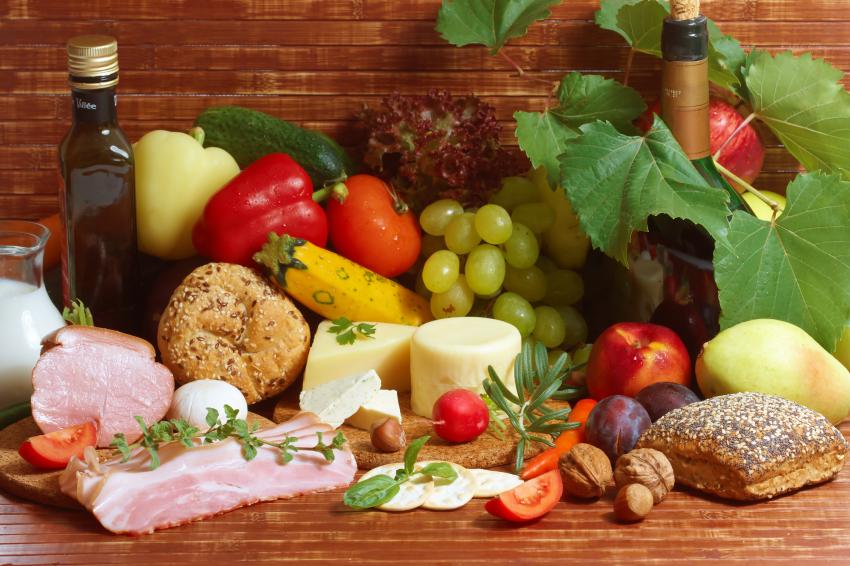Chemistry is ... Mediterranean Biochemistry
01.09.2016 -
Pesto (Italian for “crushed”) is a paste made out of pine nuts, garlic, hard cheese, olive oil, and — above all — basil. The dish originated in Genoa, Italy, where basil (Ocimum basilicum) played an important role as early as the Middle Ages as a medicinal agent. When we take pesto prepared from fresh basil, spread it onto steaming pasta, and allow the inimitable fragrance to rise up, we ask ourselves: with what aromatic molecules is this plant blessing us?
Prof. Klaus Roth answered this question in an article in Wiley’s journal “Chemie in unserer Zeit”. The principal component of the Mediterranean-type basil — usually used for pesto — is linalool. Other components are α-pinene, β-pinene, 1,8-cineol (eucalyptol), camphor, methyl chavicol (estragole), eugenol, α-bergamotene, and τ-cadinol. And now: buon appetito!








